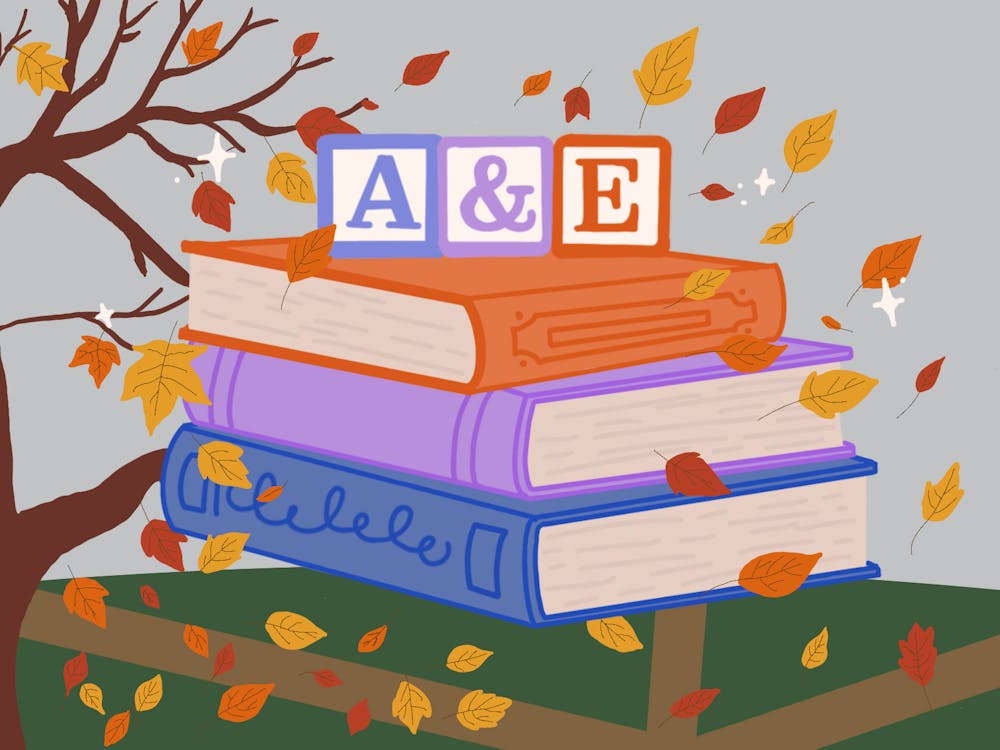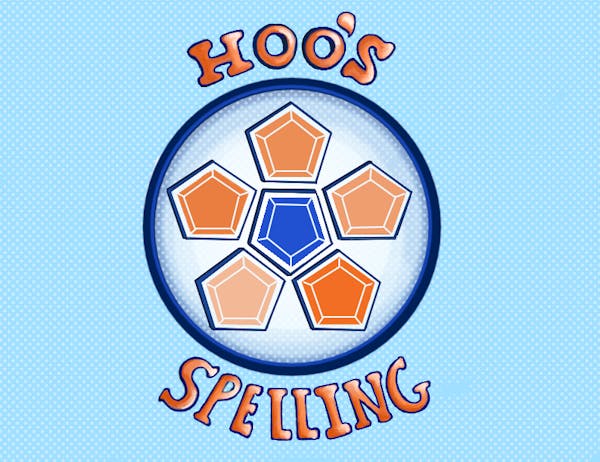Spanish experimental pop artist Rosalía has cemented herself as one of the most innovative artists following the Nov. 7 release of her fourth album “Lux.” The album, which consists of 15 tracks, is Rosalía’s magnum opus. Blending classical music, experimental pop and traditional Spanish flamenco influences, Rosalía tells a story in four movements of life, love, violence and religion.
Hailing from the Catalonia region in Spain, Rosalía’s early music is steeped in Spanish culture and history through her extensive use of flamenco. Rosalía blends this traditional, Spanish music genre of flamenco with contemporary music trends. Rosalía's first three studio albums explored genres such as flamenco, experimental pop and reggaeton.
On "Motomami," Rosalía combined experimental tracks with more mainstream reggaeton beats, whereas on "Lux," she disregards the mainstream in her insistence on embracing classical elements. While it was "Motomami" — Rosalía’s third studio album — that propelled her into the public eye, "Lux" represents Rosalía at the peak of her artistry.
Every choice on the album is handpicked by Rosalía, from her lyrics that heavily rely on religious imagery to the careful inclusion of 13 different languages, ranging from Catalan to Arabic to Japanese. Rosalía crafts more than just a musically beautiful journey, but also a story with layers to uncover. In including these languages Rosalía described "Lux" as being “like a puzzle, like a labyrinth.”
The album is split into four operatic movements, each representing a different theme or element of Rosalía’s life. "Lux" opens with its first movement, and first song, “Sexo, Violencia y Llantas,” where Rosalía sets the tone for the entirety of the album both musically and thematically. The song begins with a soft classical piano melody, provided by the London Symphony Orchestra. Rosalía then overlays heavy synths reminiscent of "Motomami" only to take them away in the next minute. Lyrically, the song introduces the themes that Rosalía intends to explore in this album. She questions if there is any way to reconcile the physical world of sex, violence and tires with the spiritual realm filled with doves and saints.
“Porcelana,” the most experimental track on the album, has Rosalía sultry talk-singing over a dark heavy instrumental. Found later in the first movement, the song switches from English to Japanese as Rosalía belts lyrics of deep self-criticism. Just as the song settles into an experimental-pop realm, the song features an orchestral outro with an angelic choir. “Mio Cristo Piange Diamanti” ends the first movement with what Rosalía describes as her attempt at an aria. The song, sung entirely in Italian, puts Rosalía’s vocals on full display ending with Rosalía remarking that this is going to be the “energy” of the album.
The album’s only single, “Berghain” — released Oct. 27 — marks the beginning of the second movement. The track begins with a frantic orchestra, with Rosalía singing an opera in German. It then shifts to Spanish with Rosalía joined by the Icelandic avant-garde singer Björk in English. The song then ends with American experimental musician and producer Yves Tumor repeating the infamous and shocking Mike Tyson phrase “I’ll f–k you till you love me.”
While no song on this album falls perfectly into the pop label, “La Perla” is the closest Rosalía gets to a mainstream track with a more upbeat instrumental and personal lyrics than previous songs. A whimsical-sounding song in the second movement, “La Perla” deals with the emotional turmoil she faced with an ex, assumed to be her former fiancé and singer Rauw Alejandro. Rosalía refers to him on the song as an "emotional terrorist.” Hidden in the background of the track, one can even hear the sound of Rosalía sharpening a knife blending in with the drum beats.
The third movement, typically characterized in symphonies as being the dance movement, has the most flamenco characteristics. Flamenco incorporates both the art of singing with the art of dance, making this a natural direction for Rosalía’s third movement. “Dios Es Un Stalker,” in which she plays the part of God pining over a woman, features Rosalía’s iconic hand clapping, another vital part of flamenco. “La Yugular” similarly uses flamenco influences to craft a story about deep devotion. Rosalía returns to her Flamenco roots as her devotion to the craft shines through this movement.
In her final movement, Rosalía continues the theme of Flamenco with the song “La Rumba Del Perdón,” the most blatantly flamenco track. Rosalía collaborates with Estrella Morente and Silvia Peréz Cruz – two influential modern flamenco singers. Rosalía explores other traditional genres in this movement with her song “Memoria” which is a soft, yet powerful Portuguese track in which Rosalía effortlessly builds up from a low, mellow vocal performance to an intense crescendo near the end of the song and then back down once more. “Memoria” collaborates with Portuguese singer Carminho, famous for singing fado, a traditional Portuguese genre characterized by longing.
Rosalía ends the album strong with “Magnolias,” one of the most ballad-esque tracks on the whole album. “Magnolias” deals with not only the end of the album but Rosalía’s own end. Rosalía emphatically urges listeners to throw magnolias on her grave after she has passed, acknowledging her own mortality in an album that reflects ideas of divinity.
Having fully embraced a chaotic blend of Rosalía’s varying musical interests, "Lux" proves itself to be an ambitious project that is unique to Rosalía. Blending elements of religion with more contemporary ideas of love, Rosalía weaves a compelling story over an even more compelling score.







